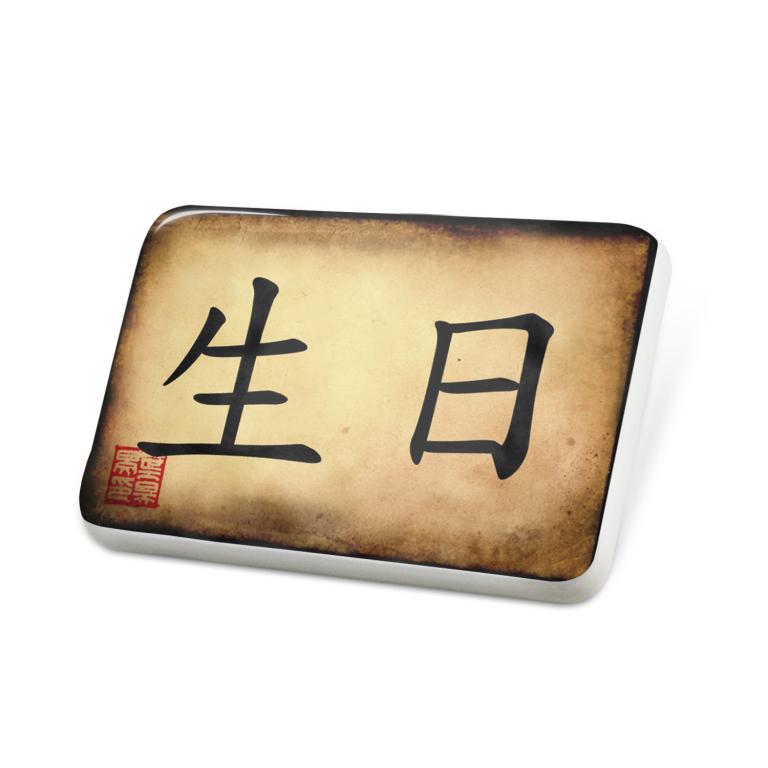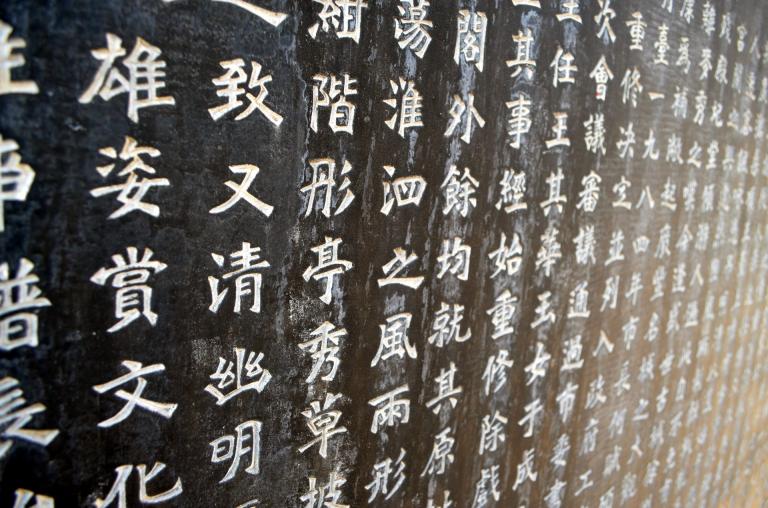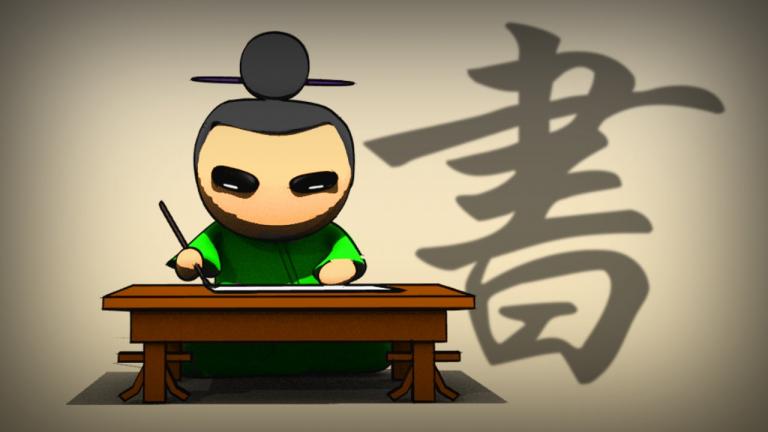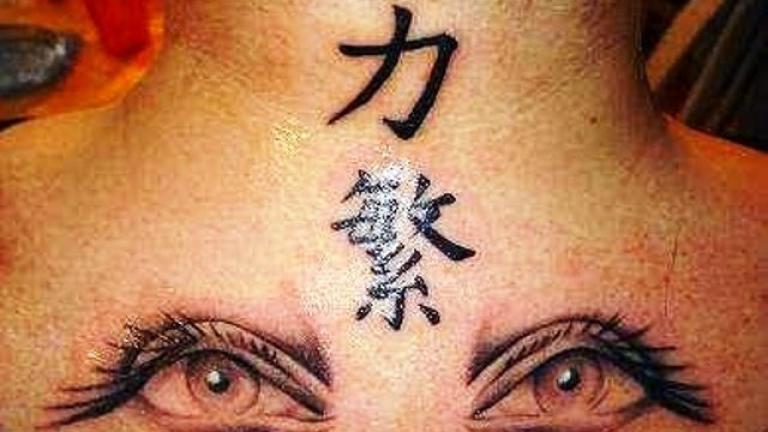Unique Chinese Characters
6 min readEarly Chinese characters appear on various objects. According to today’s archeological discoveries, pottery is among the earliest utensils used by ancient Chinese people to write Chinese characters. Archeologists discovered pottery carved with Chinese characters from the site of the dawenkou Culture in Shandong dating back to about 3000 BC. These pottery characters and ancient Chinese characters are similar-for example, the associative compound-character”g is on one pottery yessel: the sun is above the clouds, and five mountain peaks tower under the clouds Its meaning is”hot This shows that Chinese characters evolved from pictures on the basis of pictographs, and later became ideograms after processing and arrangementknown system of ancient Chinese language with epoch-marking significance in the o Inscriptions on tortoise shells and bones are relatively complete characters in the history of Chinese characters’ development As the name implies, inscriptions on tortoise and bones shells are characters carved on tortoise shells and animal bones Inheriting the pottery character formation methods, they were carved or written on tortoise shells and animal bones by Chinese people of the shang dynasty(1600 BC-1046 BC) for divination and recording. Up till now, about 150,000 tortoise shells and bones carved with chinese characters have been unearthed with more than 5.000 single characters. Inscriptions on tortoise shells and bones laid a foundation for later development of Chinese characters. Meanwhile, inscriptions on tortoise shells andbones have the three basic elements of calligraphic art: use of the writing brush stroke structures and composition. Therefore, we can say that calligraphic art took shape preliminarily

A Brief Introduction to Philology by Mr Qiu Xigui briefly summarizes the history of Chinese characters development: Even if we calculate from the late Shang Dynasty, Chinese characters have a history of 3, 300 years. In this long period, Chinese characters underwent some very important changes in both forms and structures. In terms of forms, Chinese characters mainly underwent the change from complicated forms to simple ones, which is manifested in character styles and character patterns In terms of structures, Chinese characters mainly underwent three changes: 1. the proportion of phonograms rose gradually; 2. the majority of the ideographs used changed from pictographs to meaning elements; 3. sign characters and semi-sign characters increased gradually. Today’s Chinese characters actually have become a grapheme-syllable language or meaning-phonetic language, though it is different from real alphabetic languages in phonographic modes Chinese calligraphic art also changed with the change of Chinese characters, and changes in calligraphic styles were most important. In short, there are mainly five Chinese calligraphic styles
The first one is the seal script,which is a calligraphic style of ancient Chinese characters,including the larger seal script and the lesser seal script.The larger seal script originated in the late Western Zhou Dynasty(1046 BC-771 BC),and was popular in the Qin State during the Warring States Period(475 BC-221 BO).The lesserseal script is also known as the Qin seal script.After establishing the first united country with centralized power in the Chinese history,the First Emperor of China(onthe throne from 221 bC to 210 BC)required the whole country to use this calligraphic style for the”the same written language.It continued to be used in the Han dynast(206 BC-220 AD).In later ages,the seal script usually referred to the lesser seal script,which can be seen in the carved stones on the taishan Mountain,the Langya
Mountain and the Kuaiji Mountain and a lot of Qin measuring vessels, Qin weights and Qin edict boards handed down from ancient times. At that time, the language had been standardized with fixed forms and positions. The empty parts in the vertica rectangular forms were filled with strokes as much as possible

The second one is the official script, which originated in the Warring States Period and was popular in the Han Dynasty. The official script broke the curved forms and structures of the seal script, because straight strokes were more convenient for writing. artistic achievements in the official script made in the western han dynasty and the eastern han dynasty were the highest. What remain today are mostly tablet inscriptions and bamboo writing slips. The official script on tablet inscriptions has changeable structures and styles. The structures show different features and layouts some are square and neat, and some are loose and broad; the styles show diverse characteristics: some are elegant, some are graceful, some are vigorous, and some aresimple. The official script on bamboo writing slips is mostly straightforward, casual and unornamented with natural and lively charm. After the Jin Dynasty(265-317), the official script was gradually replaced by the regular script but continued to be used on horizontal tablets and stone tablets
The third one is the regular script. Also called zhengkai, zhenshu and zhengshu, it gradually evolved from the official script. Characters changed from flat forms to square forms, and the curved strokes of the official script were simplified. Because the square forms and straight strokes can be used as models”, it is called the regular script. The regular script originated in the late han Dynasty, and was used all over China in the three kingdoms Period (220-280). It is said that Zhong Yao(151-230 was the ancestor of the regular script. Later the famous four regular script masters Ouyang Xun(557-641), Yan Zhenqing(709-784) and Liu gongquan(778-865) in the Tang Dyansty(618-907)and Zhao Mengfu(1254-1322)in the Yuan Dynasty(1206-1368)-carried it forward.the regular script is still used as a regular calligraphic style today
The work with tight character forms and structures and obviously fluctuating strokes looks solemn and beautiful The fourth one is the cursive script with the characteristics of connected stroke and very quick writing.It originated in the Han Dynasty,developed on the basis of the official script for convenient writing,and included the draft cursive script,the modern cursive script and the wild cursive script.The draft cursive script originated in the han Dynasty,omitting most stroke changes and following rules;the modern cursive scrip originated in the late Han Dynasty,not restricted by rules and featuring smooth writing;the wild cursive script characterized by wild writing originated in the tang Dynasty,and became artistic creation completely divorced from actual use

The fifth one is the running script a smooth calligraphic style between the cursive script and the regular script formed by the regular script with connected strokes or minor variations in daily use.It is both convenient for writing and identifiable unlikethe cursive script,so it is suitable for general use.From the Han Dynasty,the running script changed to some extent in features and intended conceptions with the development of the regular script,and became the most adaptive calligraphic style used in the widest range for the longest time the running script emerged in the mid Eastern Han Dynasty(25-220),and was popular in the Western Jin Dynasty and the Eastern Jin Dynasty.Many emperors were also good at the running script.Among the past calligraphers,Wang Xizhi(303-361),Yan Zhenqing,Su Dongpo(1037-1101)were all running script masters
Different calligraphic styles naturally formed different writing styles,so calligraphic characteristics of different periods differ.Mr.Chen Yulong points out in Chinese Calligraphic Art:Calligraphic critics highly summarized the calligraphic characteristics of all dynasties from the Jin Dynasty to the Qing Dynasty:people in the Jin Dynasty advocated charm,people of the Tang Dynasty advocated conformity with norms,people of the Song dynasty advocated meanings,people of the Ming dynasty advocated beauty,and people of the Qing Dynasty advocated change.The extensive and profound connotations of charm,norms,meanings,beauty and change vividly show the history of Chinese calligraphic art’s development and evolution from the Jin Dynasty to the Qing Dynasty.”Today,calligraphic art has undergone new changes and developments on the basis of inheritance of traditions
Scroll of Tiaoxi Poems,a running script work(partial)by Mi Fu(Northern Song Dynasty).Mi Fu was one of the four greatest calligraphers of the Song Dynasty.This work is unrestrained,changeful and orderly









